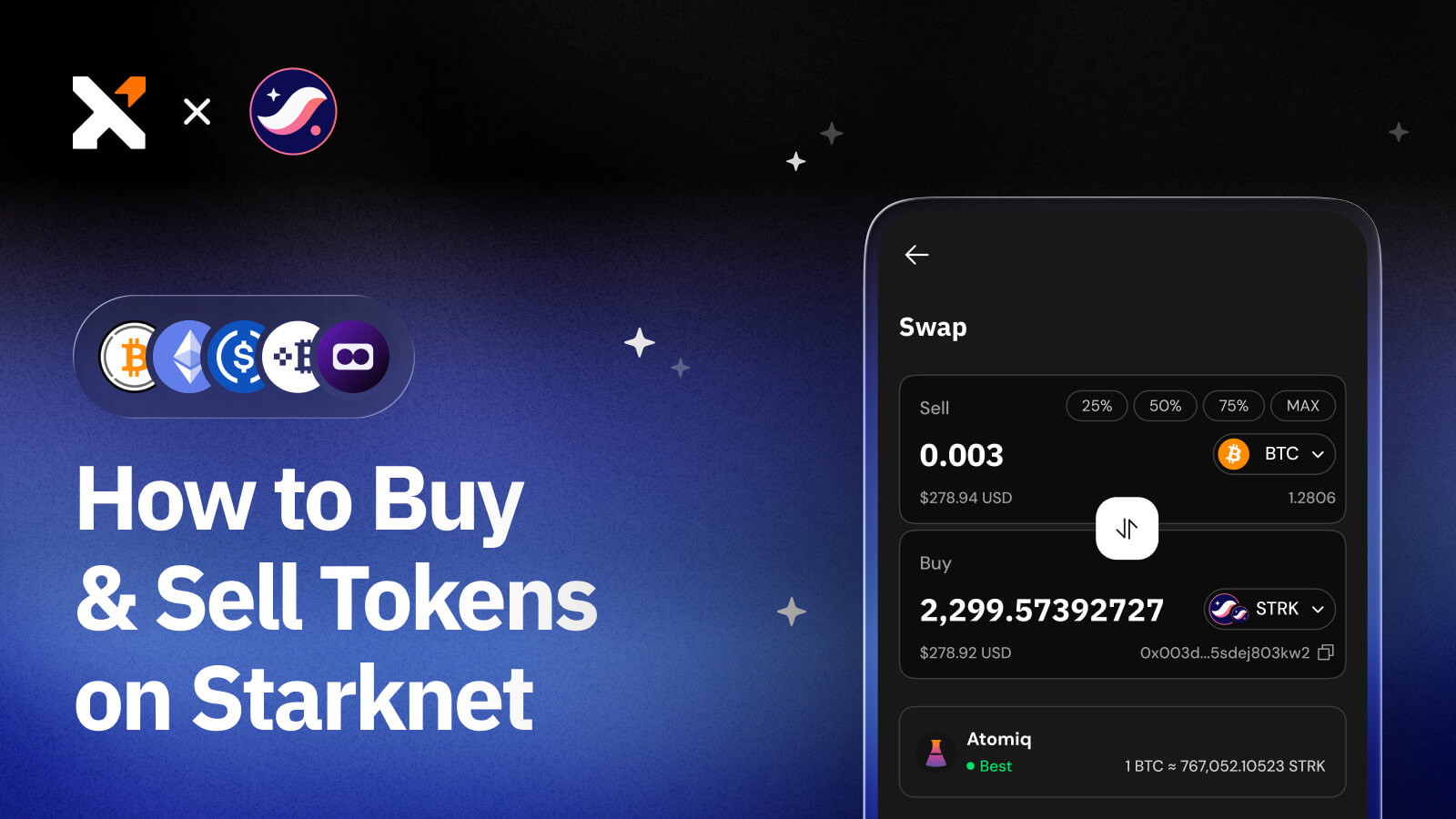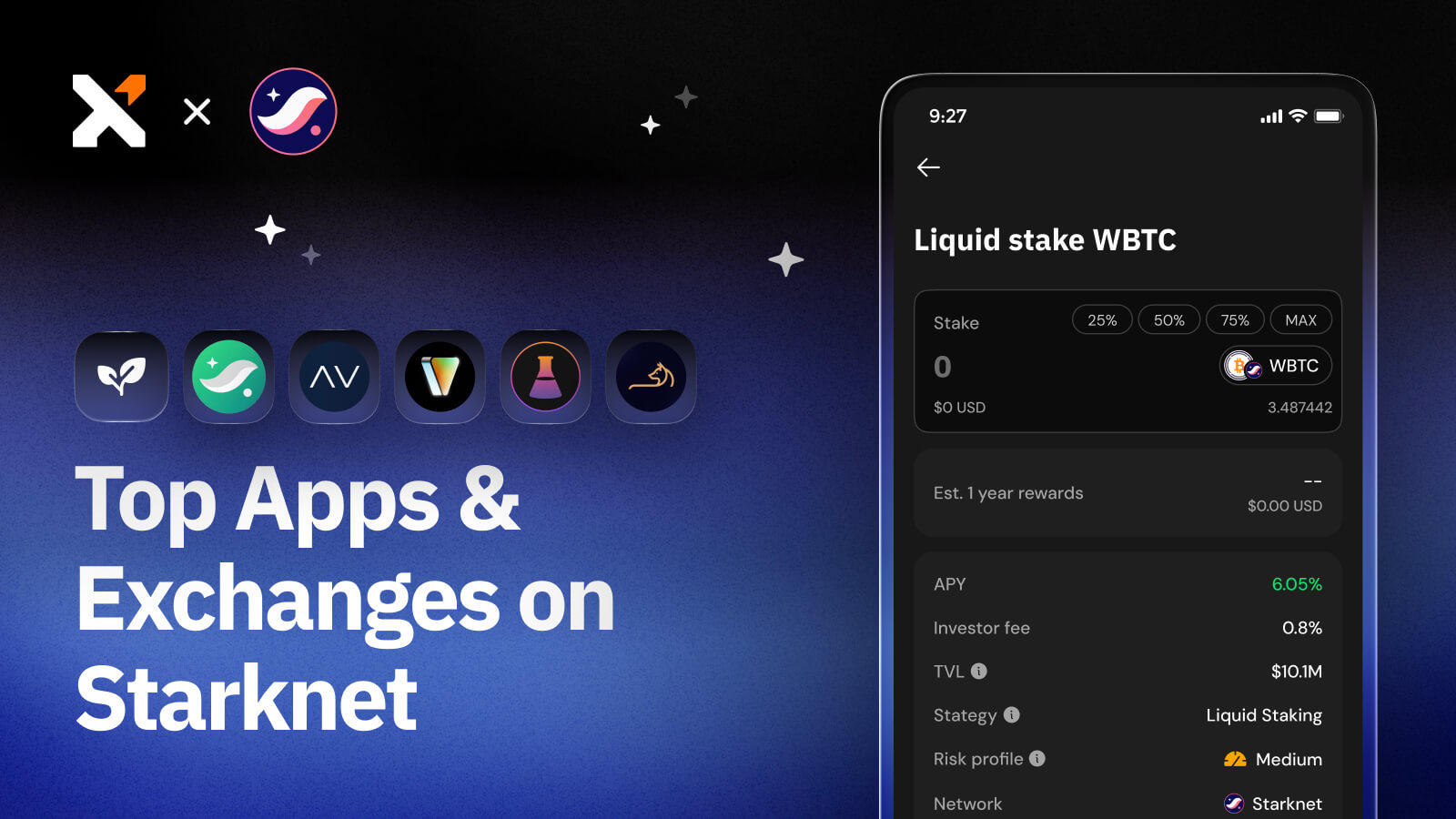What Are Bitcoin Rollups? A Beginner's Guide
Learn what Bitcoin rollups are, how they work, and what they bring to the Bitcoin ecosystem.

Sign up for updates!
Stay tuned to our latest news and updates
.svg)
As Bitcoin adoption grows, builders are constantly looking for new solutions to help this network scale.
One solution that is gaining traction is rollups, already used by other blockchains. Bitcoin rollups help reduce the computational load on the Bitcoin blockchain, allowing the network to accommodate more diverse use cases and lower transaction costs. Moreover, rollups leverage Bitcoin's security and decentralization.
Read on to learn what Bitcoin rollups are in more detail, including how they work and what different types there are.
What Are Bitcoin Rollups?
Bitcoin rollups are Layer 2 solutions built to help Bitcoin Layer 1 process more transactions and support more use cases without sacrificing security and decentralization.
As the name suggests, rollups “roll up” a bundle of transactions and process them off-chain before sending them back to Layer 1. Smart contracts (operating off-chain) validate the transactions before they are recorded on the Bitcoin blockchain.
How Do Rollups on Bitcoin Work?
Now, let’s look at how rollups work in a bit more detail.
Rollups process multiple transactions off-chain and bundle them into a batch, which is then recorded on the main blockchain—Bitcoin, in this case—where it can also be used for data availability.
This mechanism reduces the amount of data that needs to be stored on-chain, helping the network operate more efficiently. That means lower fees per transaction but more processed transactions, which could result in higher total fees collected by Bitcoin miners.
Now that we know the basics, let’s take a look at the different types of Bitcoin rollups, as each has unique advantages and trade-offs.
What Types of Bitcoin Rollups Exist?
There are three main types of Bitcoin rollups being developed: Optimistic rollups, Zero-Knowledge (ZK) rollups, and Sovereign rollups.
Each differs in how it handles transaction verification and security and in its level of integration with the Bitcoin network.
Optimistic Rollups
Optimistic rollups assume transactions are valid by default and only check for fraud or errors if someone challenges the validity of a rollup block. This assumption allows Optimistic rollups to process transactions faster, as they don’t require immediate verification of every transaction.
If a participant in the network believes a rollup block contains invalid transactions, they can submit a fraud proof. The rollup operator must then provide evidence to prove the transactions are valid. If the operator fails, the rollup block is rejected, and the transactions are rolled back.
Participants who submit invalid fraud proofs may be penalized, while those who submit valid fraud proofs may be rewarded. Transactions in Optimistic rollups are considered final after a challenge period passes without any fraud proofs being submitted. These rollups are suited for building decentralized applications on Bitcoin that require high throughput.
However, the challenge period introduces a delay in transaction finality, which may be a drawback for some use cases.
ZK Rollups
Zero-Knowledge (ZK) rollups use cryptographic proofs known as ZK proofs to verify the validity of transactions in a rollup block. These rollups don’t assume transactions are valid by default. Instead, they generate a mathematical proof that the transactions are valid without revealing any additional information about the transactions themselves, which enhances user privacy.
This proof is attached to a particular batch of transactions and included in the rollup block, which can be verified by the Bitcoin network. Transactions are considered final as soon as the rollup block is submitted to the Bitcoin blockchain. However, the complexity of generating ZK proofs consumes more resources than other rollup types.
Sovereign Rollups
Sovereign rollups operate with a different set of rules than other rollups. In sovereign rollups, transactions are published to another blockchain, typically a data availability (DA) layer. This layer—in this case, Bitcoin—handles the ordering and availability of transaction data.
However, the verification of these transactions is conducted independently by the nodes of the sovereign rollup itself. These rollups decide whether to adopt new software versions or continue with the old ones.
Sovereign rollups provide greater flexibility in how the protocol is managed, updated, and secured by decoupling execution and settlement from the data availability layer.
Therefore, these rollups are useful for projects that require a high degree of control over their blockchain environment, such as specialized DeFi platforms or governance frameworks.
Examples of Bitcoin Rollups
Some rollups have already launched on their mainnets but they are only starting their journey and sometimes still use different blockchains to operate on.
For example, Built on Bitcoin (BOB), an application layer for Bitcoin, was initially launched on the Ethereum blockchain, but they promise to rely more on Bitcoin miners and full nodes for security in the future.
Another rollup, Citrea, aims to enable smart contract functionality on Bitcoin and uses this blockchain for data availability.
Rollups on Bitcoin are still in their early stages of development, and more improvements and greater integration with the Bitcoin blockchain can be expected over time as technical challenges are overcome. For example, some types of rollups would require a soft fork of Bitcoin.
Benefits of Rollups as Scaling Solution for Bitcoin
Bitcoin rollups offer several key benefits as a scaling solution.
Increased Scalability
Rollups aggregate multiple transactions off-chain and submit them as a single transaction to the Bitcoin network, thus increasing the number of transactions that can be processed in a single go and increasing the scalability of the Bitcoin blockchain.
Lower Transaction Fees
Rollups lower transaction fees by reducing the transaction data load in the block and requiring less block space in a Bitcoin blockchain block. This makes Bitcoin more accessible for a wider audience, especially, during periods of high network congestion.
Leverage Bitcoin Security
Some Bitcoin rollups can maintain the security of the Layer 1 mainnet. Meanwhile, by using tools like cryptographic proofs and dispute resolution mechanisms for the validity of transactions rollups increase their own security.
Improved Privacy
Bitcoin rollups that use ZK-proofs offer another level of privacy to its users. These proofs allow for the verification of transactions without revealing any transaction details.
Flexibility and Customizability
Sovereign rollups provide a higher degree of flexibility by allowing operators of these blockchains to define their own rules and governance structures. This is more valuable for some specialized DApps that require customized blockchain environments.
Interoperability
One of the standout features of Bitcoin rollups is their inherent design for interoperability. It allows different rollups to communicate and interact with each other.
The Takeaway
Bitcoin rollups represent an important advancement in scaling Bitcoin and are very much the "need of the hour" for the ecosystem.
Once fully developed, rollups could help increase Bitcoin's transaction throughput while keeping fees lower and leveraging the network’s security and decentralization.
Moreover, depending on which rollup type you choose—Optimistic, ZK, or Sovereign—it may also provide different levels of speed, privacy, and flexibility, depending on your needs.
However, as all these projects are still in the early stages of development, their full capabilities are yet to be seen as the work progresses.
Download Xverse today to explore the fast-growing world of Bitcoin L2.
Share this article



.svg)



.webp)
